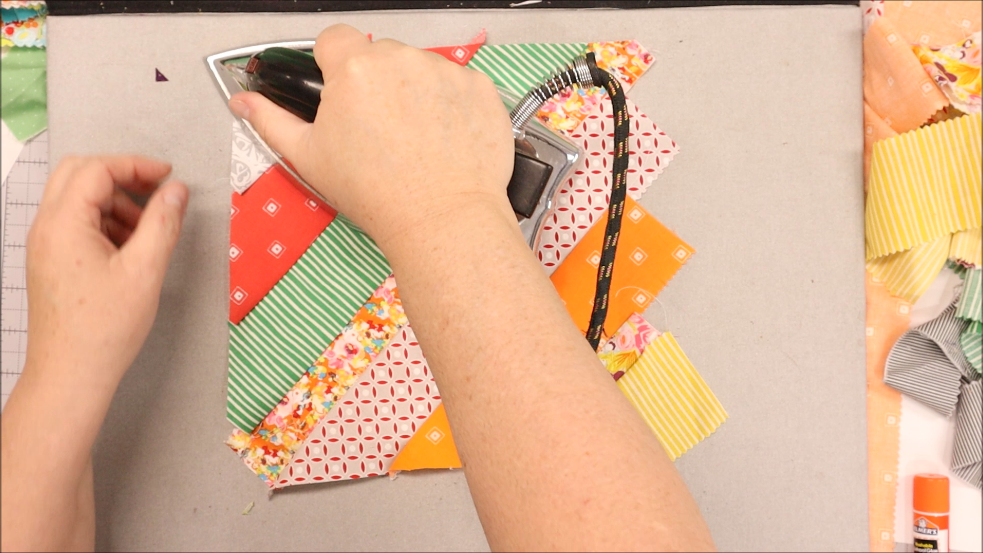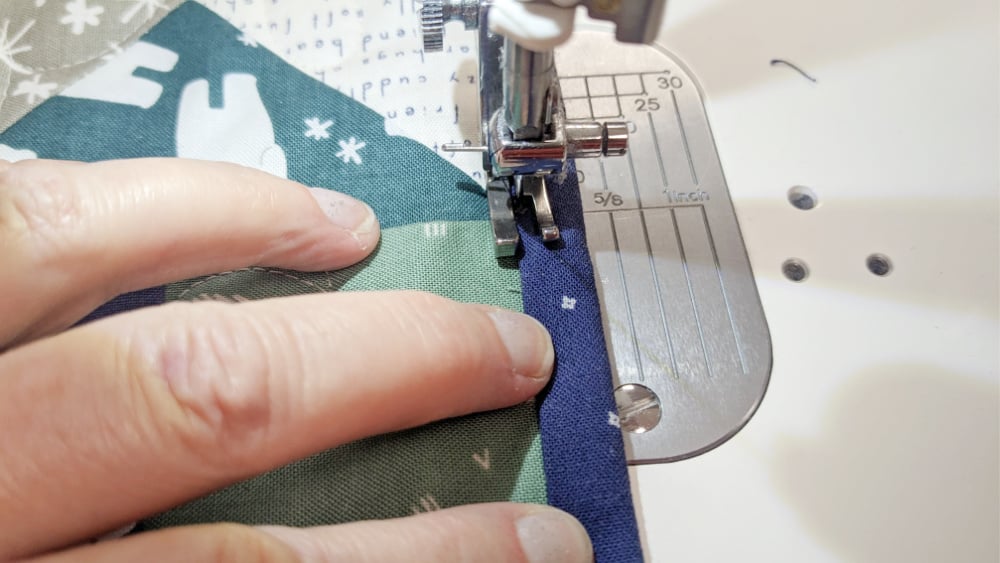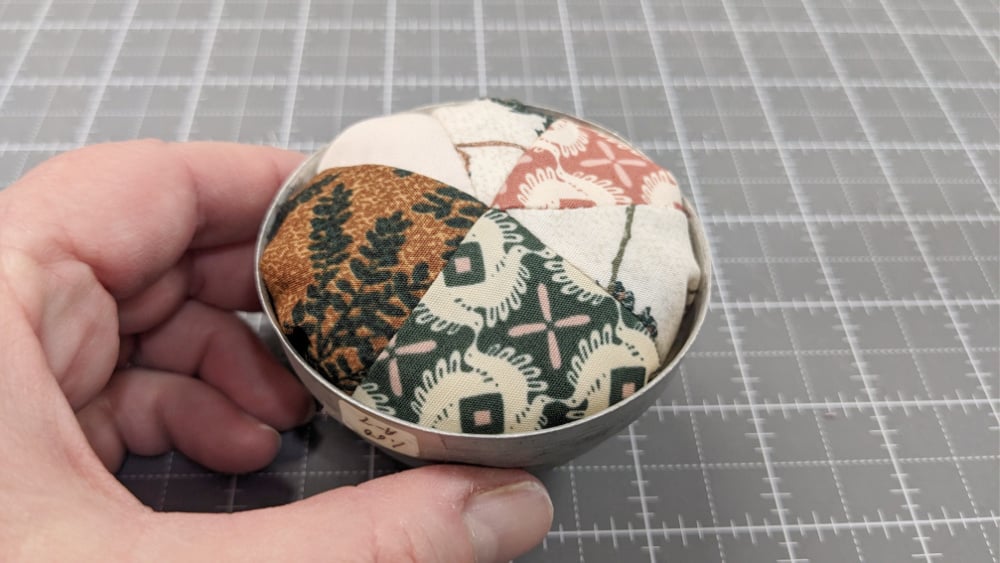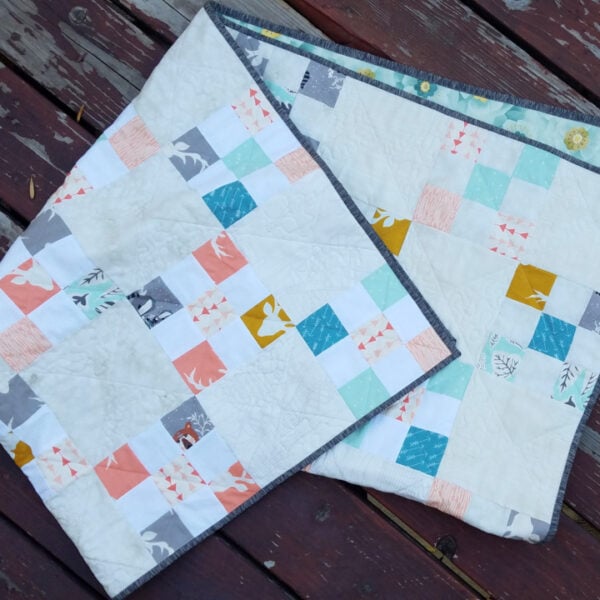When someone asks me, “How much time does it take to make a quilt?” my answer is usually, “It depends… are we talking a quick baby quilt or a custom king-sized quilt that might steal hours of sleep for months?”
Quilting is an adventure of fabric, thread, and—let’s be honest—equal parts caffeine and determination.

There’s no one-size-fits-all answer because every quilter’s journey is different. Whether you’re piecing together patchwork quilts from charm packs or working on intricate, heirloom-quality handmade quilts, the amount of time depends on the quilt type, design complexity, and how much fun you’re having in your sewing room. Let’s dive into the good news: making a quilt isn’t just about finishing—it’s about loving the process.
Key Takeaways
- The time it takes to make a quilt varies based on size, complexity, and sewing experience.
- Baby quilts or simple designs can take as little as a weekend, while intricate quilts may take months.
- Your speed will depend on how often you sew and your tools.
- Quilting is about the journey, not just the finish line—so enjoy the process!
What Goes Into Making a Quilt?
Making a quilt is like planning a road trip. There’s the prep work, the journey, and finally, the destination. Each quilt top tells its own story, and no matter your skill level, there’s always something new to learn.
Here’s a look at the steps (and why they’re more exciting than they sound)
Before we start… just know that you can begin quilting with whatever supplies you have already. No need to run and buy all the fancy things. You more than likely have everything you need to begin quilting now.

Choosing Your Quilt Pattern
Your quilt type sets the tone for how long this journey will take. A simple quilt with straight lines? You’re on the fast track. A custom quilt with tiny small pieces? Buckle up—it’s going to be a ride!
If this is your first quilt, go easy on yourself. A simple pattern is a great way to start, so you can focus on piecing instead of pulling your hair out over a roll pattern.
The pattern you pick sets the tone for how much time you’ll need. A simple nine-patch or strip quilt? Quick and satisfying. A complex double wedding ring or appliqué quilt? Buckle up—it’s going to take a while.
If you’re new to quilting, I recommend starting with an easy pattern. Something straightforward keeps frustration to a minimum and lets you focus on the fun stuff—like admiring your fabric choices.

Fabric Selection: Shopping or Stash Diving?
Shopping for quilt fabrics is the best part—unless you’ve got a stash the size of a small fabric store (guilty as charged). Whether you’re picking out layer cakes for a king-sized quilt or scraps for a quick lap quilt, give yourself a good time to find fabrics that spark joy.
And don’t forget to check your quilt backing and thread colors—the unsung heroes of a finished quilt.
Selecting your fabrics can be a quick task if you already have a stash or a time-consuming treasure hunt if you’re starting from scratch. Either way, give yourself a day or two for this step because, let’s be honest, we quilters love to ponder over prints.

Cutting the Fabric
Grab your trusty rotary cutter and let the slicing begin! Small quilts might only take a couple of hours, but king-size quilts with lots of layers of fabric can eat up an entire weekend.
Measure twice, cut once—and don’t forget to stretch your hands!

Piecing the Quilt Top
Here’s where the fun part begins: sewing those quilt blocks together.
Whether you’re working on straight seams for a simple quilt or tackling something tricky like a t-shirt quilt, this step will depend on the length of time you have and your quilting method. Beginner quilters should try charm packs or pre-cut fabrics for a faster finish.
Piecing is where the magic happens. For simple quilts, you might sew all the pieces together in a single weekend. But if you’re working with complex blocks, lots of seams, or fiddly designs, plan for a week—or longer—of sewing.
Pro Tip: Chain-piecing (sewing pieces in one continuous thread) can save you a ton of time!

Pressing: The Unsung Hero
Pressing is the secret to crisp, professional-looking patchwork quilts. It’s not glamorous, but trust me, it’s worth the effort. A design wall can be a lifesaver here, letting you see the layout and check for right sides before you stitch.
Nobody talks about the pressing, but it takes time. Pressing sigh, the thing you must always do. Factor in a couple of hours (and maybe a podcast or two) for this step.

Quilting: By Hand, Machine, or Outsourced?
Here’s where things get real. If you’re using a domestic sewing machine for machine quilting, you might knock out the actual quilting time in a weekend.
For hand quilting, prepare for a marathon—it’s a slow but oh-so-satisfying process.
Outsourcing to a longarm quilter? Factor in extra costs and time of year, as it might take weeks to get your quilt back.

Binding the Quilt
The next step is binding—basically, the finish line! Machine binding is speedy, but if you’re hand-stitching, plan for a couple of evenings with your favorite TV show.
Factors That Affect Quilt-Making Time
- Quilt Size: A king-sized quilt? That’s a big project. A baby quilt? You can probably whip it up by next week.
- Skill Level: Beginner quilters might need more time to figure out their inch seam allowance, while an experienced quilter can sew straight seams in their sleep.
- Tools: A rotary cutter, domestic sewing machine, and quilt sandwich will speed things up. Hand quilting or piecing? Slower but oh-so-rewarding.
- Time Available: Quilting full-time? You’ll finish faster. Working in short bursts? Break it into smaller steps like making a lap size or table runner quilt first.
Size of the Quilt
It’s no surprise that a king-sized quilt will take longer than a baby quilt. More fabric, more piecing, more quilting—it’s just more everything.
Experience Level
Are you a quilting newbie or a seasoned pro? Beginners may take longer as they learn techniques, while experienced quilters can zip through steps more efficiently.

Tools and Equipment
Having the right tools can make a world of difference. A rotary cutter, cutting mat, and sewing machine will speed up your process. Quilting by hand? You’re a rockstar, but it’ll take more time.
Time Available to Quilt
If you’re quilting only on weekends or in short bursts, your project will naturally take longer. Those with more flexible schedules may finish faster.
How Long Does It Take to Make a Quilt?
Let’s answer the burning question: how long does it really take to make a quilt?
Here’s a rough breakdown:
| Quilt Type | Estimated Time |
|---|---|
| Baby Quilt (Simple) | 1-2 weekends |
| Throw Quilt | 2-4 weeks |
| King-Sized Quilt | Several months (or longer!) |
| Intricate Designs | 6 months to a year (or more) |
Remember, these are just estimates. Your mileage may vary based on your personal quilting style and schedule.
You can download the free quilt sizes for beds here. This may help you with the time above because you have the size that really is needed for the bed you are making it for.

FAQs About Making a Quilt
- How long does it take to make a quilt as a beginner?
A baby quilt might take 2-3 weekends if it’s your first time quilting. Start with simple patterns and celebrate every milestone. - What’s the fastest way to finish a quilt?
Use pre-cut fabrics, stick to straight lines, and go for machine quilting. Chain-piecing is one of the fastest ways to assemble a quilt top. - How do I avoid getting overwhelmed by large quilts?
Break it into smaller projects, like completing quilt blocks first. It’s a good idea to celebrate every step! - Can I quilt on a domestic sewing machine?
Absolutely! Machine quilting on your home machine is doable for most quilt sizes—just take it slow on larger custom quilts.
What’s the fastest way to finish a quilt?
Choose a simple pattern, use pre-cut fabrics, and quilt by machine. Chain-piecing and assembly-line methods can also speed things up.
Is it faster to quilt by hand or machine?
Machine quilting is significantly faster, but hand quilting offers a timeless, heirloom-quality finish.
What if I don’t have time to finish a quilt?
Consider outsourcing the quilting or working on it a little at a time. Quilting should be fun, not stressful.
Can I make a quilt in one day?
It’s possible for small, simple quilts or quilt-as-you-go projects. However, don’t rush—it’s about the process, not the speed.

Quilting isn’t just about the beautiful quilt you end up with—it’s about the joy of creating something with your own hands.
So whether you’re working on a queen size quilt for charity quilts or experimenting with scrap fabric for your next quilt, enjoy the ride!
Becky Jorgensen is the creative quilter behind Patchwork Posse, the Patchwork Planner and her online quilt group Patchworkers Plus. You can find her patterns in books, magazines, and her quilt membership. Gather your quilting supplies, organize your sewing space, explore the process of disappearing quilt blocks, or finish a free quilt pattern. I'll help you use what you have, finish what you start and make your quilting journey fun!
Follow me here: Facebook, Pinterest, YouTube






